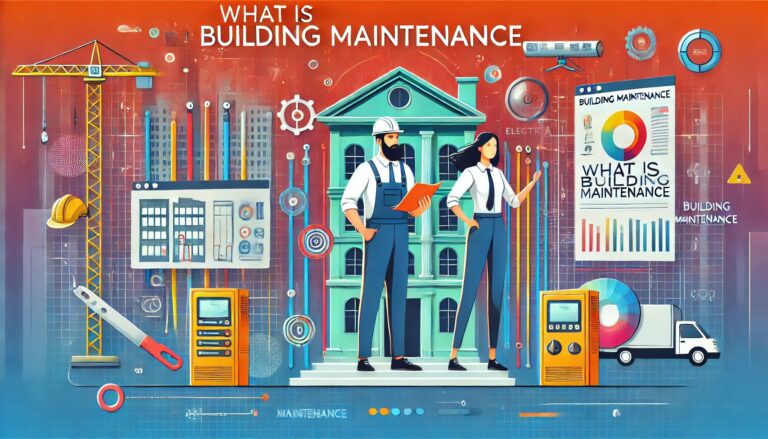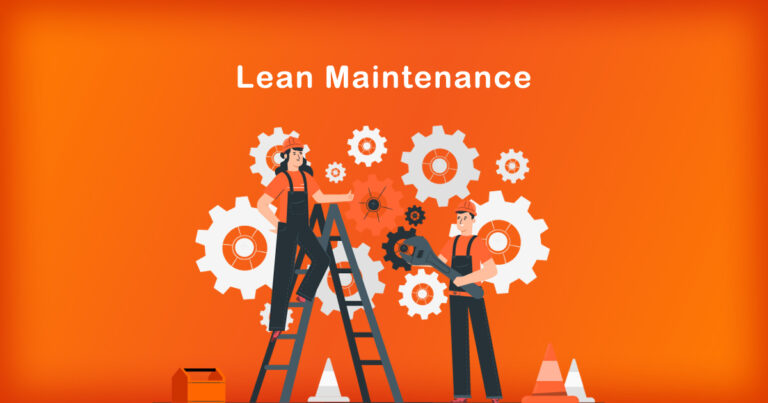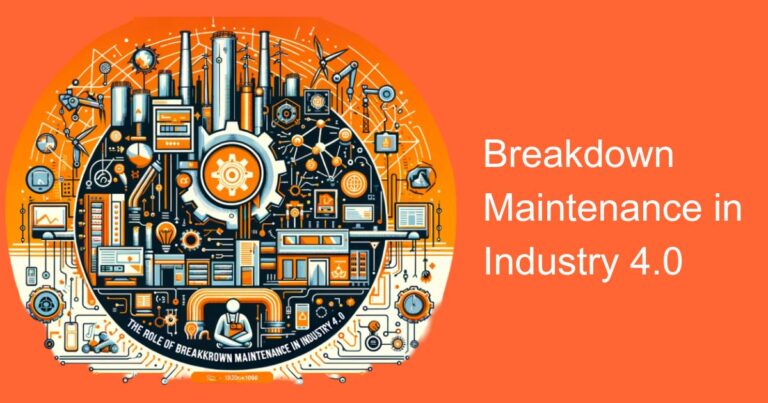Introduction
In recent years, the Indian electronics industry has experienced exponential growth, driven by factors such as technological advancements, increased digitization, and a surge in consumer demand. Amid this rapidly evolving landscape, manufacturers are faced with the challenge of maintaining the efficiency and reliability of their production processes. Autonomous maintenance has emerged as a critical solution to address these challenges. In this editorial, we will delve into the significance of autonomous maintenance in the Indian electronics industry, exploring its benefits and impact on production efficiency.
Understanding Autonomous Maintenance
Autonomous maintenance is a methodology that empowers frontline operators to take charge of equipment maintenance. It involves training the operators to conduct regular inspections, perform simple maintenance tasks, and identify potential issues before they escalate. By integrating autonomous maintenance into their daily routines, operators become proactive guardians of the production line, ensuring that equipment operates optimally and minimizing downtime.
The Indian Electronics Industry Landscape
The Indian electronics industry has witnessed tremendous growth over the past decade. The country has become a hub for electronics manufacturing, attracting both domestic and foreign investment. With this growth comes the need for streamlined processes and efficient production systems to meet increasing demand while maintaining international quality standards.
Challenges Faced by the Electronics Industry
Despite its growth, the Indian electronics industry faces several challenges that can hinder its progress. These include:
Frequent Equipment Breakdowns:
Aging machinery and inadequate maintenance practices can lead to increased instances of breakdowns, resulting in production delays and added costs.
Skill Gap:
A shortage of skilled maintenance technicians can make it difficult to address equipment issues promptly and efficiently.
Rising Production Costs:
Unscheduled downtime and frequent repairs contribute to higher production costs, impacting the industry’s competitiveness.
The Role of Autonomous Maintenance
Enhanced Equipment Reliability:
By integrating autonomous maintenance practices, operators can detect potential equipment issues early on, preventing major breakdowns and ensuring optimal equipment performance.
Skill Development:
Training frontline operators in maintenance tasks not only empowers them to tackle issues swiftly but also bridges the skill gap in the industry.
Increased Efficiency:
Reduced downtime and quicker issue resolution lead to improved overall equipment effectiveness (OEE) and enhanced production efficiency.
Cost Savings:
The proactive approach of autonomous maintenance leads to cost savings in terms of both repair expenses and improved productivity.
Research and Facts on Autonomous Maintenance in the Indian Context
A study conducted by the Indian Electronics and Semiconductor Association (IESA) found that companies that adopted autonomous maintenance witnessed a 15% decrease in equipment downtime and a 10% increase in OEE within the first year of implementation.
According to a survey by the Federation of Indian Chambers of Commerce and Industry (FICCI), over 70% of electronics manufacturers reported significant improvements in equipment reliability and overall productivity after implementing autonomous maintenance practices.
A case study on a leading Indian electronics manufacturer showed that the adoption of autonomous maintenance reduced reactive maintenance costs by 25% and increased planned maintenance efficiency by 30%.
The Indian government’s “Make in India” initiative has been promoting autonomous maintenance practices in the electronics industry, offering subsidies and incentives to companies that prioritize skill development and implement maintenance best practices.
Conclusion
In the dynamic and fast-growing Indian electronics industry, autonomous maintenance has proven to be a transformative strategy, fostering increased equipment reliability, reduced downtime, and enhanced production efficiency. By empowering frontline operators to take charge of equipment maintenance, manufacturers can bridge skill gaps, reduce costs, and stay competitive in the global market. As the industry continues to evolve, embracing autonomous maintenance will undoubtedly be a key differentiator for success and sustainability.








